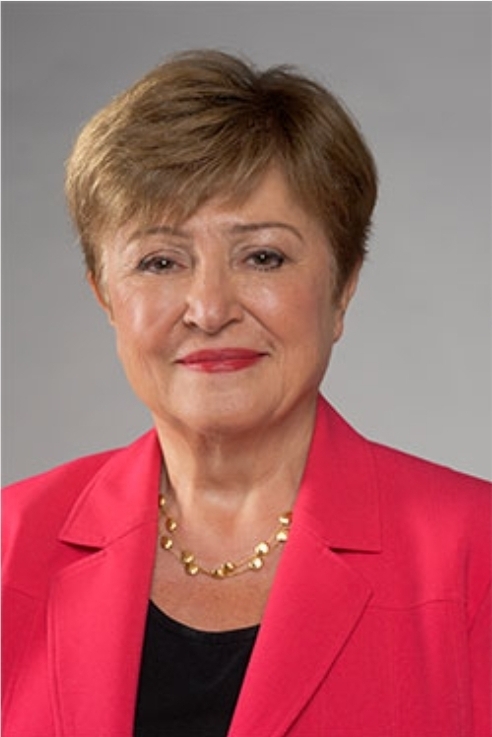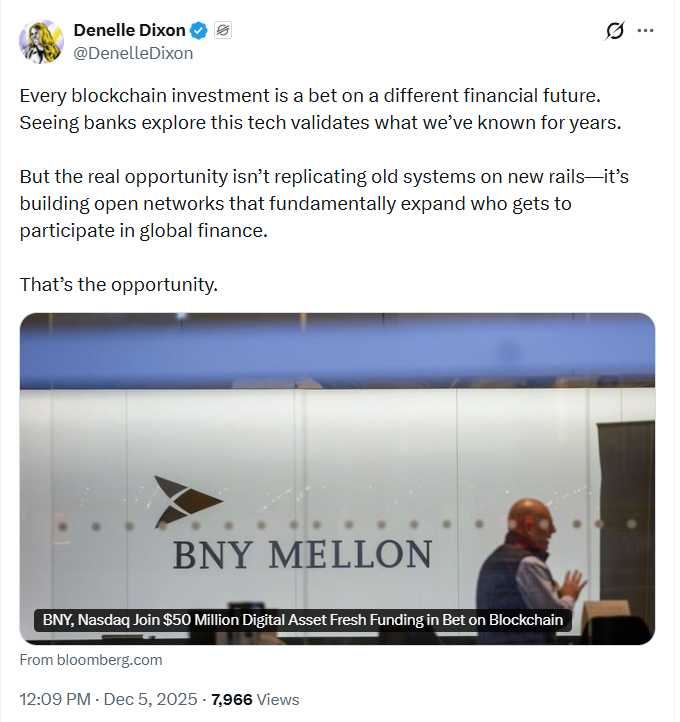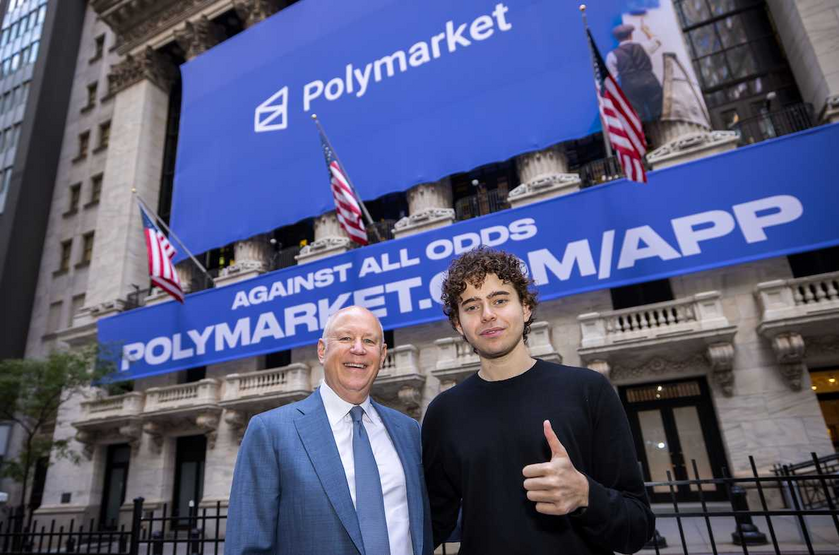Last year, we proposed an ambitious goal to the XRPL community: bring NFTs to the XRP Ledger.
Since then, RippleX engineers and members of the XRPL community have conducted extensive performance testing, identified bugs (and fixes), and iterated on our vision to enhance on-ledger support for NFTs and XRPL stability.
Thanks to this collective effort, XLS-20 is enabled on the XRP Ledger Mainnet.
XLS-20 (the standard for XRPL NFTs) presents a considerable milestone for developers and builders utilizing the XRPL for their NFT projects and apps. The new standard introduces native non-fungible tokens (NFTs) on the XRP Ledger to represent assets that are each unique along with operations to enumerate, transfer and hold such tokens. What makes this all possible is, of course, the ledger’s built-in tokenization functionality and performance advantages.
XRP Ledger NFTs: Benefits and Design
Blockchains are hard to change for very good reasons. RippleX engineers took time to build the right standard with a no-smart-contracts approach, making NFTs on the XRPL less vulnerable (e.g. bridge hacks), less congested and less expensive than other chains.
XRP Ledger NFTs were also designed with efficiency in mind. Significant transaction expenses are a fundamental problem for developers minting NFTs on leading layer-1 blockchain solutions. Gas fees alone on some chains can add hundreds of dollars to the final price of an NFT and vary based on a given network’s user traffic and congestion. With XLS-20, developers can support more NFTs at lower cost and do things like leverage auction functionality and an efficient storage mechanism, direct a cut of secondary sales to the original minter on the XRPL, or even co-own NFTs.
NFTs on the XRPL also include automatic royalties which standardize royalty enforcement thanks to the ledger’s built-in DEX. (This is a huge benefit compared to passing through different exchanges with different rule sets.) For creators, NFT transfer fees provide them a share of the revenue when the NFT is bought and sold. They can also designate a third party who mints and sells the tokens on their behalf.
With on-ledger NFTs, the XRP Ledger is an attractive destination for developers to build new NFT applications that support minting, burning and trading at scale.
By and For the Community
Making XLS-20 activation a reality could not have been possible without the explosive demand from all of you. RippleX may have proposed the XLS-20 standard, but developers from around the world directly informed the future of NFTs on XRPL community channels like Github (more than 200 comments and nearly 100 issues raised), Discord and Mattermost.
Developers like MikeCheckYaSelf were instrumental in identifying a critical bug in the XLS-20 amendment code and inspiring the design—which aims to make it easier for developers to access XRPL functionality without needing to build or maintain complex smart contracts. Beyond that, we focused on addressing developer pain points throughout the entire NFT journey by introducing dev toolings such as robust documentation, efficient on-chain storage, library support and more.
Meanwhile, community projects like xDude, Pixel Ape Rowboat Club (PARC), X-Tokenize and XRP Junkies (to name a few) are proof of the excitement and NFT use cases made possible with the XRPL’s low transaction cost and high transaction volume.
After formally proposing the amendment for voting via the XRP Ledger’s on-ledger voting mechanism, the writing on the wall was clear. XLS-20 truly has the potential to cement the XRPL as the chain of choice for unlocking functional NFT utility. It’s finally happening, and there’s no denying the opportunity (and continuous improvements and iterations) ahead.
In Full Transparency
Because of the XRP Ledger’s decentralized nature, no singular authority can make decisions for the network. Instead, network changes are determined by its participants, who vote on behalf of the XRP Ledger’s best interest. Some participants even initially voted “no” on XLS-20, urging all to do their due diligence and ultimately ensuring a battle-tested amendment ready for 2022 and beyond.
And rightfully so (as I said, we took a lot of time to ensure we got this right). In full transparency, XRPL NFTs have the potential to cause a temporary increase in traffic on the XRP Ledger network. While we’ve conducted extensive performance testing and remain confident in the XRP Ledger’s stability, efficiency and security, the road to enabling native NFT support has been long. Some community members like Alloy Networks voiced concerns about minting NFTs and converting large collections of NFTs all at once.
Other concerns included outages of individual XRP Ledger servers or increased transaction costs due to network load. It’s also worth noting that NFT objects are incredibly lightweight, with transactions designed for maximum flexibility with minimal overhead. So devs are cautioned to be mindful of scalability when deploying native NFTs.
Despite these initial concerns, this healthy skepticism and dedication to the XRPL’s well-being make me confident that the network can handle the long-term effects of NFTs at scale.
What’s Next and How To Start Building Today
We are excited about what lies ahead for this next chapter of the XRP Ledger. (Spoiler: even more libraries and enhancements to tokenizing assets on the XRP Ledger coming soon.) Through continuous iterating and collaboration, we can create the tipping point for mainstream blockchain adoption by unlocking real NFT utility.
On behalf of RippleX engineers and me personally, I want to thank the XRPL community for your work, patience and support in making native NFTs on the XRP Ledger a reality.
I invite and encourage you all to ask questions, learn and build applications, tooling and solutions that further enhance tokenization on the XRP Ledger. You can learn about NFTs on Youtube or get started on XRPL.org.



























